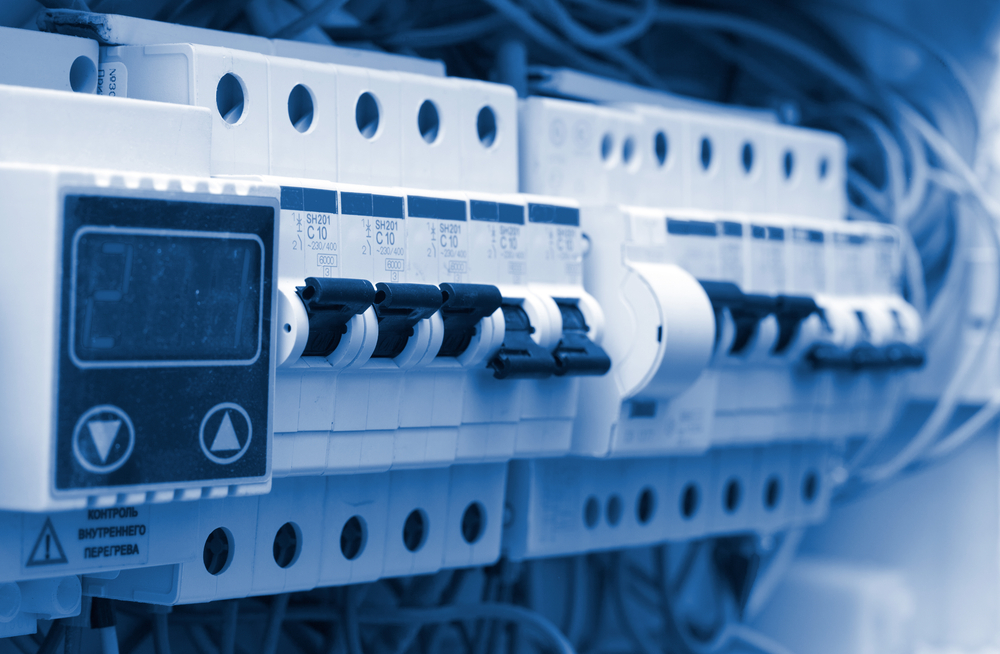
Selectivity of electrical protection
The concept of selectivity in relation to electrical installations is an excellent solution that was only a dream some time ago. However, like everything else, in this field, scientific progress has led to the introduction of practical solutions that will certainly be appreciated by anyone who has ever had an installation failure in their own home.
What was it like in the past?
In the recent past, electrical installations operated on completely different principles. Many homes still have outdated installations, which not only pose a serious threat to the safety of residents, but also make life difficult for household members, often even for local residents, although this is rare here.
When there was a short circuit, an overload in the installation, the entire system was turned off, which resulted in the power being turned off in the entire house or apartment, and sometimes, even worse, in the entire street. However, these times are now behind us, and it’s all due to selectivity.
What is the selectivity of electrical protection?
Protections in the electrical installation are connected in series. Therefore, when an overload occurs, only the power supply closest to the given protection device is turned off. The system isolates a given fragment without turning off the entire installation. To put it simply, when a short circuit occurs, only the protection adjacent to the fault location will operate, maintaining the continuity of operation of the undamaged circuits. However, here the characteristics of the protective devices connected in series must be compared to determine the selectivity limit.
Partial and total selectivity
By differentiating the concepts, you can adapt the mentioned system according to your needs, which will significantly affect the functioning of the installation.
- Total selectivity – protections work in every situation, regardless of the type of interference.
- Partial selectivity – when protections operate selectively for part of the disturbances, so that low-probability disturbances can be consciously avoided. Here, in turn, calculations that predict the highest expected short-circuit current are important.
Why partial selectivity?
Currently, single-phase short circuits most often occur in installations. Two-phase and three-phase ones are rare, but it is still worth keeping safety in mind and using additional switches and fuses.
Price for being selective
Unfortunately, the selective installation itself and appropriate safeguards affect the price not only of materials, but also of installation. This often involves the need to change the installation layout to reduce the degree of security. Appropriate wires and cables, as well as transformers, are also necessary. These are specially adapted tools and materials that are more resistant to short circuits.
Selectivity of installation security – what does it depend on?
To skillfully select selectivity, you need to take into account more than just the appropriate calculations. The load must be planned and the consequences of failure and adjacent circuits must be anticipated. Fuses or circuit breakers have two parameters: rated current and time-current characteristics. An experienced electrician can certainly correctly calculate the parameters and adjust the selectivity to a number of data.
Consequences of excessive savings when designing installations
To save money, investors often use only one residual current circuit breaker and connect all circuits to one protection. Unfortunately, this solution, apart from the obvious savings, has more disadvantages than advantages. When a short circuit occurs in one circuit, the power goes out to the entire house. While this is not a significant problem for some residents, in the event of a failure at night, the loss of power in all rooms may be somewhat problematic. Additionally, some professionals use techniques that may affect the safety of residents. They deliberately omit some circuits, e.g. lighting, which, unfortunately, may result in electric shock. It is also quite common in new installations to lack proper protection in particularly short-circuit circuits, which is also often associated with savings.
Safety first
The electrical installation should work without any problems. This is a guarantee of user safety. Additionally, electrical protection should be checked and inspected periodically. Manufacturers often use additional overvoltage protection that affects the safe use and use of electricity. A well-designed installation and properly selected materials adapted to the requirements and power of the receivers guarantee safe use for many years. Therefore, in every situation, you should choose only professionals with documents confirming their skills who will properly design and connect the installation.


 en
en  PL
PL  DE
DE  LT
LT  SV
SV  FR
FR  ES
ES  HU
HU  NO
NO  DK
DK  FI
FI  RU
RU 